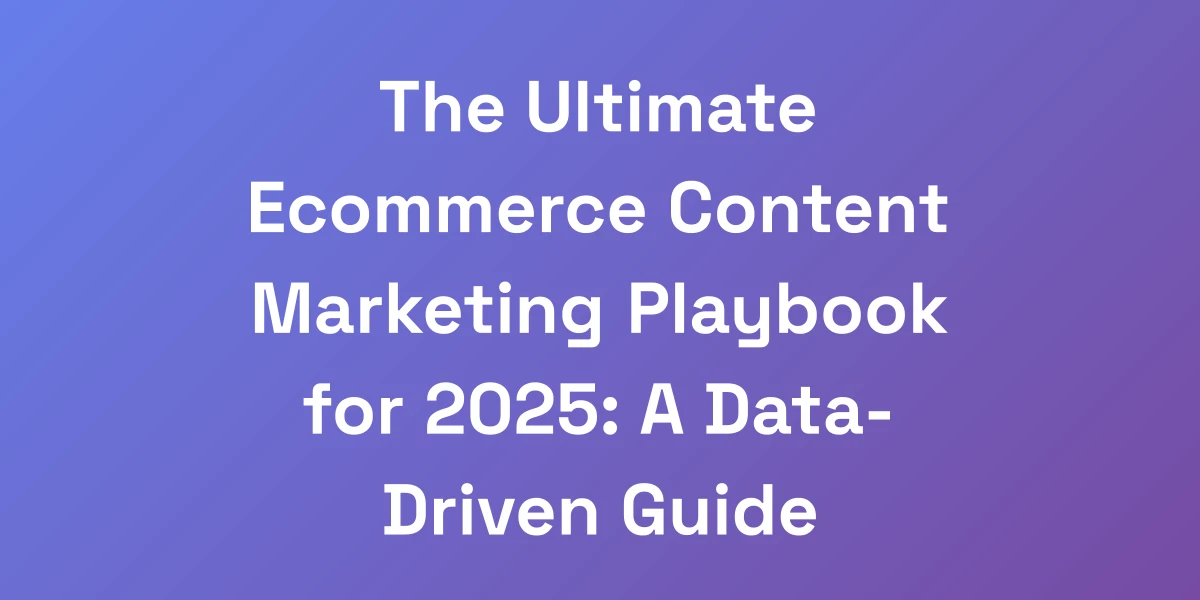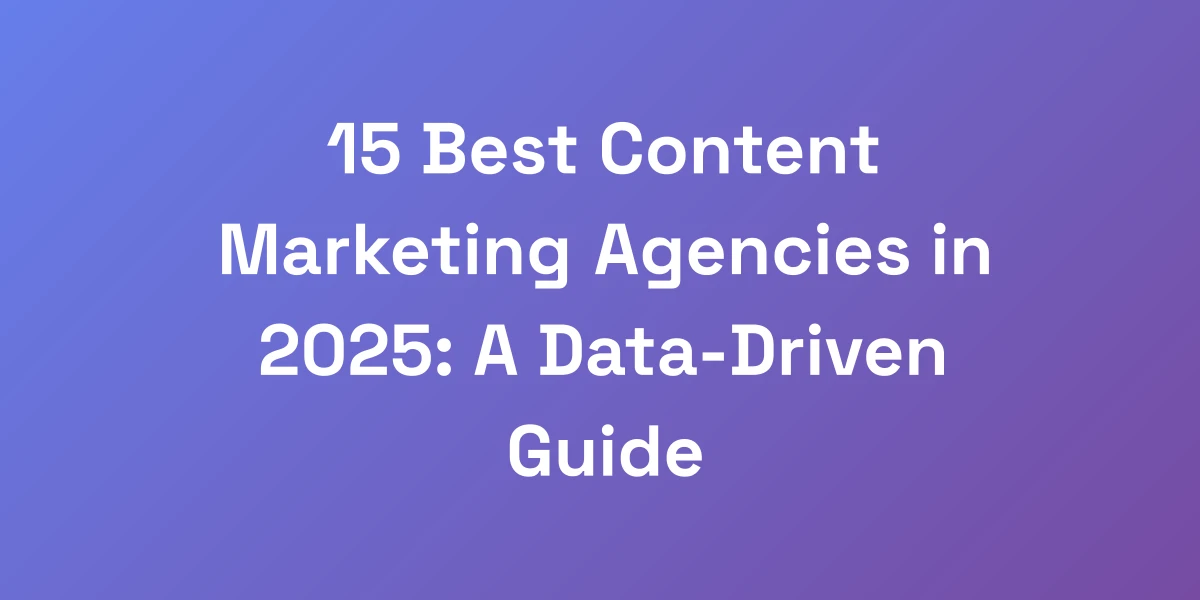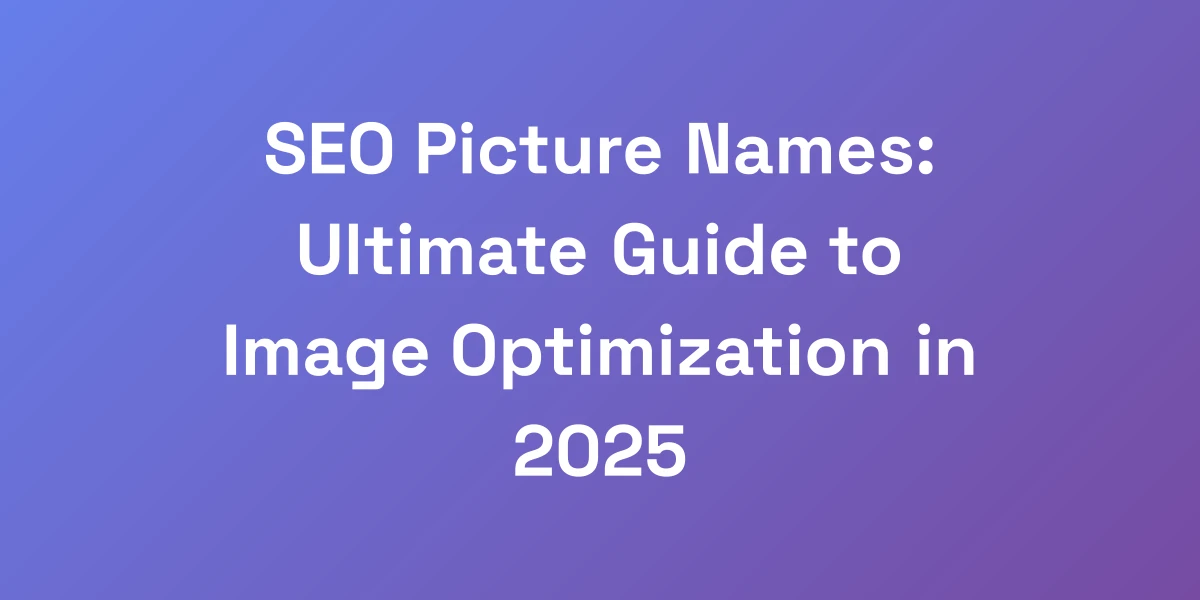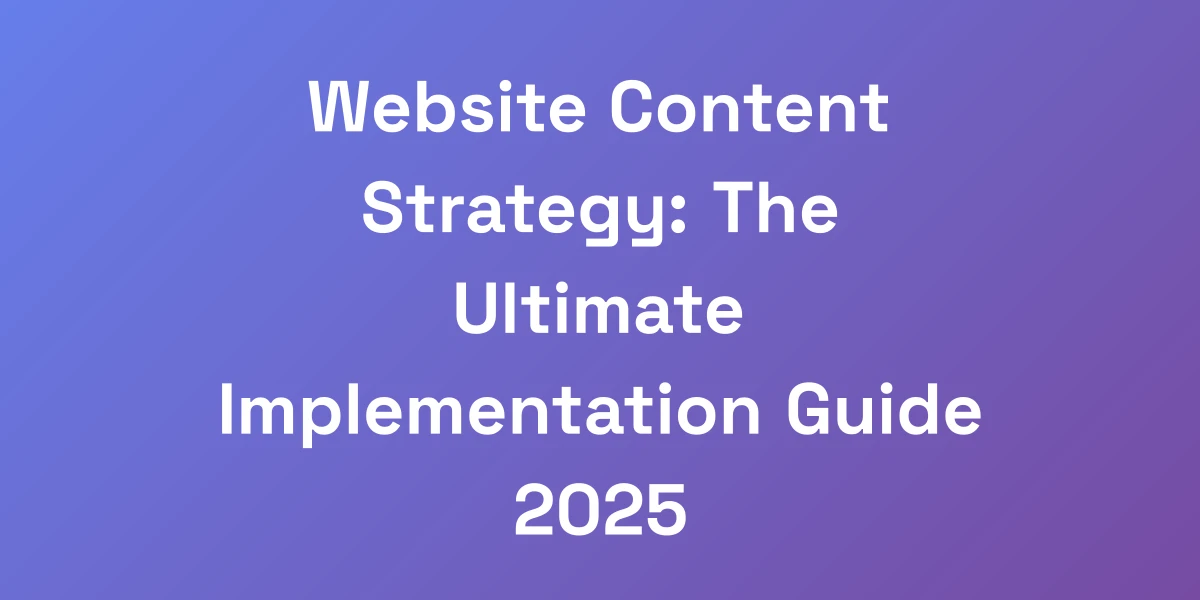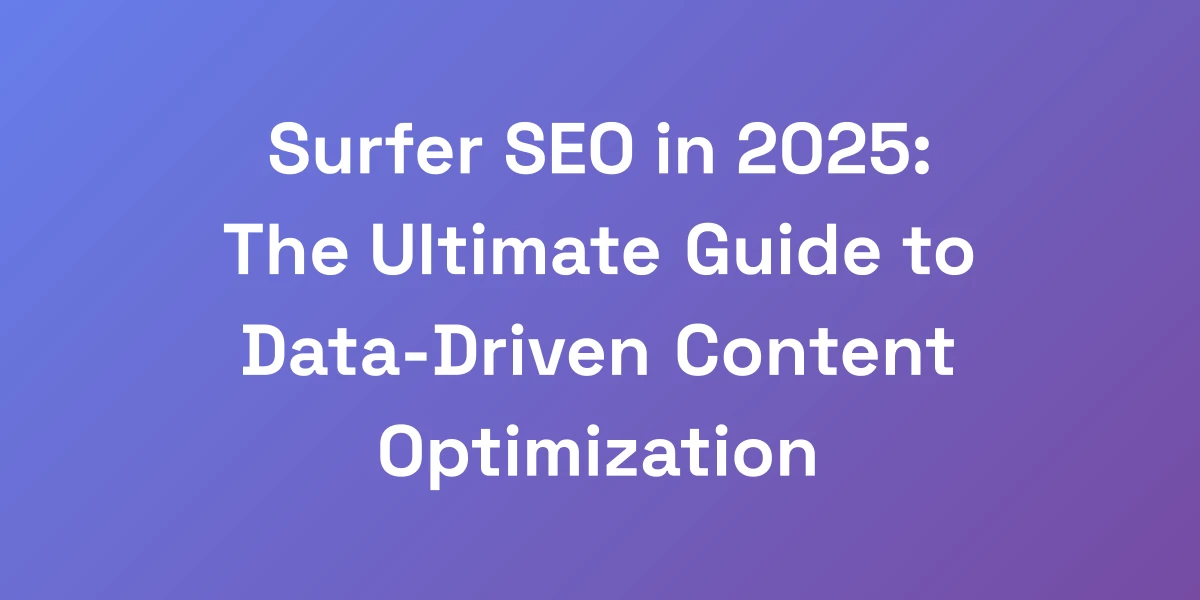
Surfer SEO in 2025: The Ultimate Guide to Data-Driven Content Optimization
Mar 25, 2025 | By [email protected]
Understanding Surfer SEO’s Core Technology and Evolution
Imagine having a tool that deciphers the intricate patterns of search engine algorithms, translating them into actionable insights for your content strategy.
We’re diving deep into the world of Surfer SEO, a platform that has fundamentally transformed the way we approach content optimization.
In an era where search engines are becoming increasingly sophisticated, staying ahead of the curve is not just an advantage—it’s a necessity.
Surfer SEO emerges as a beacon, leveraging advanced data analysis and machine learning to empower content creators with precision and clarity.
But what exactly sets it apart? Let’s explore the core technology behind Surfer SEO and its remarkable evolution over the years.
The Science Behind Surfer’s SERP Analysis
At the heart of Surfer SEO lies its robust SERP (Search Engine Results Page) analysis engine.
It meticulously examines over 500 on-page signals, from meta tags and keyword density to content structure and loading speed.
By comparing your content against top-ranking pages, Surfer SEO identifies the factors that contribute to higher rankings.
This data-driven approach ensures that every piece of content is tailored to meet the specific criteria that search engines favor.
For example, if we analyze a high-ranking blog post, Surfer SEO might highlight the optimal keyword density, preferred subheadings, and even the ideal length of paragraphs.
This granularity allows us to fine-tune our content with surgical precision, enhancing its chances of climbing the search rankings.
How Natural Language Processing Drives Results
Natural Language Processing (NLP) is another cornerstone of Surfer SEO’s technology.
It goes beyond mere keyword matching, understanding the context and semantic relationships within your content.
This ensures that your content is not only optimized for search engines but also resonates with human readers.
For instance, when optimizing for a topic like “sustainable energy,” NLP helps in identifying related terms and concepts such as “renewable resources,” “carbon footprint,” and “energy efficiency.”
By integrating these semantically related phrases naturally into your content, Surfer SEO enhances both its relevance and readability.
Moreover, NLP aids in maintaining a conversational tone, making your content more engaging and accessible.
Evolution from Basic Tool to AI-Powered Platform
Surfer SEO didn’t start as the powerhouse it is today.
Initially, it offered basic on-page optimization features like keyword density analysis and meta tag recommendations.
However, recognizing the evolving needs of digital marketers, the platform has undergone significant transformations.
In recent years, Surfer SEO has integrated advanced AI and machine learning capabilities, transforming it into a comprehensive content optimization suite.
Today, it not only analyzes existing content but also provides real-time optimization suggestions, leveraging AI to predict and adapt to algorithm changes.
This evolution has positioned Surfer SEO as a forward-thinking tool, staying ahead of industry trends and offering unparalleled insights to its users.
Key Differentiators from Traditional SEO Tools
What sets Surfer SEO apart from traditional SEO tools? It’s the seamless integration of data-driven insights with user-friendly features.
While tools like Ahrefs or SEMrush excel in backlink analysis and keyword research, Surfer SEO shines in on-page optimization.
Its ability to analyze comprehensive on-page signals and provide actionable recommendations in real-time makes it indispensable for content creators.
Unlike conventional tools that offer a plethora of features, Surfer SEO focuses on refining and optimizing content with precision.
This specialized approach ensures that users receive targeted insights, streamlining their SEO efforts without overwhelming them with unnecessary data.
Furthermore, Surfer SEO’s intuitive interface and collaborative features facilitate seamless teamwork, making it a favorite among SEO agencies and large organizations.
Real-time Content Optimization Technology
In the fast-paced digital landscape, timing is everything.
Surfer SEO’s real-time content optimization technology ensures that your content remains optimized as you create it.
As you draft your article, the platform provides instant feedback on keyword usage, readability, and semantic relevance.
This immediate guidance allows for on-the-fly adjustments, enhancing the quality and SEO potential of your content without the need for extensive post-production edits.
Imagine writing an article and receiving live suggestions to incorporate relevant keywords or restructure sections to improve readability.
This proactive approach minimizes the gap between content creation and optimization, saving time and boosting efficiency.
Moreover, real-time optimization ensures that your content remains aligned with the latest SEO best practices, keeping you ahead in the competitive search landscape.
Essential Features That Make Surfer SEO Stand Out
When it comes to content optimization, Surfer SEO offers a comprehensive suite of interconnected tools designed to enhance content performance holistically.
From planning and creation to analysis and tracking, each feature is meticulously crafted to provide actionable insights backed by real-time data.
But what exactly makes Surfer SEO a standout choice amidst a sea of SEO tools? Let’s delve into its essential features that redefine content optimization.
SERP Analyzer Deep Dive
The SERP Analyzer is the backbone of Surfer SEO’s on-page optimization capabilities.
It scrutinizes the top-ranking pages for any given keyword, breaking down their content and identifying the elements that contribute to their success.
By analyzing factors like word count, keyword density, header usage, and backlink profiles, the SERP Analyzer provides a clear benchmark for your content.
This means you can tailor your content to match or exceed the quality of competing pages, ensuring it stands a strong chance of ranking higher.
For instance, if the top-ranking articles for a keyword average 1,500 words, Surfer SEO will suggest aligning your content length accordingly.
Additionally, it highlights the use of specific keywords and phrases, guiding you to incorporate them naturally into your content.
Overall, the SERP Analyzer equips you with a data-driven roadmap, transforming guesswork into a precise strategy for content optimization.
Content Editor and Real-time Optimization
Surfer SEO’s Content Editor is arguably its most powerful feature.
It integrates seamlessly into your content creation workflow, offering real-time optimization suggestions as you write.
Whether you’re using a built-in editor or integrating with platforms like WordPress, the Content Editor ensures that your content adheres to SEO best practices from the start.
Key functionalities include:
- Keyword Optimization: Receive instant feedback on keyword usage and density, ensuring your primary and secondary keywords are effectively integrated.
- Readability Enhancements: Suggestions to improve sentence structure and paragraph length, making your content more engaging and easier to read.
- Semantic Relevance: Recommendations for semantically related terms to enrich your content and enhance its contextual depth.
For example, while writing about “data-driven marketing,” the Content Editor might suggest incorporating related terms like “analytics,” “consumer behavior,” and “ROI.”
This dynamic feedback loop allows for continuous refinement, resulting in content that is both SEO-optimized and reader-friendly.
Keyword Research and NLP Analysis
Effective keyword research is fundamental to any successful SEO strategy.
Surfer SEO takes this a step further by integrating Natural Language Processing (NLP) to understand the context and intent behind keyword usage.
Its comprehensive keyword research tool not only identifies high-performing keywords but also uncovers long-tail variations and related phrases that can enhance your content’s relevance.
Additionally, the NLP analysis ensures that your content aligns with search intent, whether informational, navigational, transactional, or commercial.
This means your content is not just optimized for keywords but is also tailored to meet the specific needs and queries of your target audience.
For instance, if users are searching for “best eco-friendly products,” Surfer SEO helps you understand the broader intent, allowing you to create content that addresses sustainability, product quality, and consumer benefits.
By combining keyword research with NLP insights, Surfer SEO ensures that your content is both discoverable and valuable to readers.
Content Planning and Strategy Tools
Planning is crucial for maintaining a consistent and effective content strategy.
Surfer SEO offers robust content planning tools that help you map out your content calendar, align topics with target keywords, and ensure comprehensive coverage of your niche.
Features include:
- Topic Clustering: Organize your content into clusters around core themes, enhancing topical relevance and authority.
- Content Gaps Identification: Discover areas where your content can fill gaps, addressing unmet search queries and opportunities.
- Strategic Scheduling: Plan your content publishing schedule to coincide with trending topics and seasonal demands.
For example, if you’re targeting the “sustainable living” niche, Surfer SEO can help you create a series of interconnected articles that cover various aspects such as renewable energy, eco-friendly products, and waste reduction strategies.
This structured approach not only boosts SEO performance but also provides a cohesive and engaging experience for your audience.
Audit Tools and Performance Tracking
Maintaining the effectiveness of your content strategy requires continuous monitoring and optimization.
Surfer SEO’s audit tools provide comprehensive evaluations of your existing content, identifying areas for improvement and ensuring sustained performance.
Key audit features include:
- Content Audit: Analyze the SEO performance of your current content, highlighting strengths and pinpointing weaknesses.
- Competitor Comparison: Compare your content against top competitors to understand where you stand and identify opportunities for enhancement.
- Performance Metrics: Track key SEO metrics such as keyword rankings, organic traffic, and engagement rates over time.
For instance, a content audit might reveal that a particular blog post is underperforming in terms of keyword rankings. Surfer SEO would then suggest optimizations, such as adjusting keyword density, improving readability, or enhancing semantic relevance, to boost its performance.
Additionally, ongoing performance tracking ensures that your content remains aligned with evolving SEO trends and algorithm updates, maintaining its competitiveness in search rankings.
Integration Capabilities
In today’s interconnected digital ecosystem, seamless integration with other tools and platforms is essential for streamlined workflows.
Surfer SEO excels in this area, offering robust integration capabilities with popular CMS platforms like WordPress and Google Docs.
The latest WordPress plugin version, 1.4, allows users to access Content Scores and SEO guidelines directly within top editors such as Gutenberg and Elementor.
This integration simplifies the optimization process, enabling content creators to make data-driven adjustments in real time without switching between platforms.
Moreover, Surfer SEO’s upcoming automated internal linking tool promises to further enhance content structure by automatically inserting relevant URLs from your domain.
This feature not only saves time but also improves SEO by strengthening internal links, a crucial factor in search engine algorithms.
With these integrations, Surfer SEO becomes an integral part of your content management workflow, enhancing productivity and ensuring consistent optimization across all your platforms.
Mastering Surfer SEO’s Content Editor
The Content Editor is where the magic happens. It’s Surfer SEO’s most powerful feature for content creation, combining real-time optimization guidelines with AI-powered suggestions.
Unlike traditional content editors, Surfer’s platform provides dynamic feedback as you write, ensuring that your content maintains optimal keyword density, readability, and semantic relevance.
But mastering this tool requires understanding its full capabilities and leveraging its features to create content that not only ranks well but also engages and converts your audience.
Let’s break down how to make the most of Surfer SEO’s Content Editor.
Setting Up Your First Content Brief
Starting with a strong foundation is essential. Surfer SEO’s Content Editor begins by helping you create a detailed content brief.
This brief outlines the target keywords, desired word count, and other critical parameters based on the SERP analysis.
To set up your first content brief:
- Select Your Primary Keyword: Choose a target keyword that aligns with your content goals and has a good search volume.
- Define the Target Word Count: Based on your SERP Analyzer’s recommendations, set a word count that matches or exceeds top-ranking pages.
- Identify Secondary Keywords: Incorporate related terms and phrases to enhance semantic relevance.
For example, if your primary keyword is “data-driven marketing,” your brief might include a target word count of 2,000 words and secondary keywords like “marketing analytics,” “consumer behavior,” and “ROI optimization.”
This structured approach ensures that your content is aligned with SEO best practices from the outset, providing a clear roadmap for creation and optimization.
Understanding Content Scores
One of Surfer SEO’s standout features is the Content Score, a metric that gauges how well your content adheres to SEO best practices.
The Content Score considers various on-page factors, including keyword usage, content structure, and semantic relevance, to provide an overall score out of 100.
To improve your Content Score:
- Optimize Keyword Density: Ensure your primary and secondary keywords are used appropriately without overstuffing.
- Enhance Readability: Use short paragraphs, varied sentence structures, and clear headings to make your content more engaging.
- Incorporate Semantically Related Terms: Include related phrases and concepts to enrich your content’s context.
For instance, if your Content Score is 75, Surfer SEO will highlight areas for improvement, such as increasing keyword usage or restructuring headers, to help you reach a higher score.
A higher Content Score typically correlates with better search engine rankings, making it a valuable metric for tracking and enhancing your content’s SEO performance.
Optimizing for Featured Snippets
Featured snippets are coveted real estate on search engine results pages, providing instant visibility and authority.
Surfer SEO helps you optimize your content to capture these snippets by offering targeted recommendations.
Here’s how to optimize for featured snippets using Surfer SEO:
- Identify Snippet Opportunities: Use the SERP Analyzer to find keywords where featured snippets are prevalent.
- Structure Your Content: Format your content to directly answer questions, using bullet points, numbered lists, or concise paragraphs as needed.
- Provide Clear and Direct Answers: Ensure that your content provides straightforward, comprehensive answers to the search queries.
For example, if targeting the keyword “how to optimize content for SEO,” structure your content with a clear, numbered list outlining the steps, making it easier for search engines to extract and display as a featured snippet.
By aligning your content structure with the requirements of featured snippets, you increase your chances of securing this prime spot, driving more traffic and enhancing your authority in your niche.
Advanced NLP Settings
Surfer SEO’s Content Editor offers advanced NLP settings to fine-tune the semantic relevance of your content.
These settings allow you to control the density and distribution of related terms, ensuring that your content is both comprehensive and contextually accurate.
Here’s how to leverage advanced NLP settings:
- Adjust Semantic Keyword Density: Use the settings to increase or decrease the usage of related terms, balancing SEO optimization with natural language flow.
- Control Keyword Distribution: Ensure that related keywords are evenly distributed throughout your content, avoiding clustering in specific sections.
- Enhance Contextual Depth: Incorporate nuanced variations and synonyms to enrich your content’s context and relevance.
For instance, when writing about “sustainable energy solutions,” advanced NLP settings can help you seamlessly integrate terms like “renewable energy,” “solar power,” and “energy conservation” without disrupting the natural flow of your writing.
By fine-tuning these settings, you ensure that your content is optimized for both search engines and readers, enhancing its overall effectiveness and reach.
Collaborative Writing Features
Collaboration is key in any content creation process, especially within teams and agencies.
Surfer SEO’s Content Editor includes collaborative writing features that facilitate seamless teamwork and consistent optimization efforts.
Key collaborative features include:
- Real-time Editing: Multiple team members can work on the same document simultaneously, with real-time updates and feedback.
- Comments and Annotations: Add comments and annotations to provide feedback, suggest changes, or highlight areas needing improvement.
- Role-based Permissions: Assign specific roles and permissions to team members, ensuring that only authorized individuals can make critical changes.
For example, a content strategist can set up the initial content brief, while writers and SEO specialists collaborate within the Content Editor to optimize the content according to Surfer SEO’s guidelines.
This collaborative environment streamlines the content creation process, ensuring that everyone works towards a common goal of producing high-quality, SEO-optimized content.
Content Templates and Frameworks
Consistency is crucial for maintaining a cohesive content strategy, and Surfer SEO’s Content Editor offers a range of templates and frameworks to achieve this.
These templates provide structured guidelines for different types of content, such as blog posts, product pages, and landing pages.
Benefits of using content templates:
- Standardization: Ensure that all content follows a consistent structure and meets SEO best practices.
- Efficiency: Streamline the content creation process by providing a clear framework to follow.
- Quality Control: Maintain high standards across all content pieces, reducing the likelihood of errors or omissions.
For instance, a blog post template might include sections for an introduction, key points with subheadings, a conclusion, and a call to action, each optimized for specific keywords and structure guidelines.
By leveraging these templates, teams can produce content more efficiently while ensuring that each piece is aligned with overarching SEO and content strategies.
Advanced Strategies for Maximum ROI
Utilizing Surfer SEO’s robust features is just the beginning. To truly harness its potential for maximum return on investment, we need to implement advanced strategies that integrate data-driven insights with strategic execution.
These strategies encompass competitive analysis, keyword clustering, content structure optimization, and more, all aimed at creating content that not only ranks well but also drives meaningful engagement and conversions.
Let’s explore these advanced strategies in detail.
Content Clustering Techniques
Content clustering involves organizing your content around central themes or pillars, creating a network of interlinked articles that establish authority and improve SEO.
Surfer SEO aids in developing effective content clusters by identifying related keywords and topics that complement your main content pillars.
Steps to implement content clustering:
- Identify Core Topics: Determine the main themes that are central to your niche and audience.
- Research Related Keywords: Use Surfer SEO’s keyword research tools to find related terms and long-tail keywords that support your core topics.
- Create Pillar Content: Develop comprehensive articles that cover your core topics in depth, serving as the foundation of your content clusters.
- Develop Cluster Content: Write supporting articles that delve into specific aspects of the core topics, linking back to the pillar content.
For example, if your core topic is “digital marketing,” your content clusters might include articles on “social media strategies,” “email marketing best practices,” and “SEO techniques.”
By clustering your content, you enhance topical relevance and authority, signaling to search engines that your site is a comprehensive resource in your niche.
This structured approach not only boosts SEO performance but also provides a better user experience, as visitors can easily navigate related topics within your site.
Competitive Gap Analysis
Understanding your competitors’ strengths and weaknesses is crucial for identifying opportunities to outperform them.
Surfer SEO’s competitive gap analysis tool provides valuable insights into what your competitors are doing right and where they’re falling short.
Here’s how to conduct a competitive gap analysis:
- Identify Top Competitors: Use Surfer SEO to find the top-ranking pages for your target keywords.
- Analyze Their Content: Examine the content structure, keyword usage, and on-page elements of your competitors’ pages.
- Identify Gaps: Look for areas where your content can offer more value, such as additional information, better readability, or enhanced multimedia elements.
- Leverage Opportunities: Develop strategies to fill these gaps, ensuring your content provides superior value and optimization.
For example, if a competitor’s article on “content marketing strategies” lacks in-depth analysis of emerging trends, you can focus on providing comprehensive coverage of those trends in your content.
This proactive approach ensures that your content not only matches but exceeds the quality and relevance of your competitors, positioning you as a leader in your niche.
Internal Linking Strategies
Internal linking is a critical SEO practice that enhances site navigation, distributes link equity, and improves user engagement.
Surfer SEO’s automated internal linking tool simplifies this process by identifying relevant internal pages and suggesting optimal link placements within your content.
Effective internal linking strategies include:
- Contextual Linking: Link to related content within the body of your articles to provide additional value and information.
- Hierarchy-Based Linking: Establish a clear hierarchy by linking pillar content to cluster content, reinforcing topical authority.
- Anchor Text Optimization: Use descriptive and relevant anchor texts that align with the linked content’s keywords and topics.
For instance, in an article about “email marketing best practices,” you might include contextual links to related topics like “effective email subject lines” or “segmentation strategies.”
This not only improves your site’s SEO but also encourages visitors to explore more of your content, increasing engagement and reducing bounce rates.
Content Update Workflows
SEO is not a set-it-and-forget-it endeavor. Regularly updating your content is essential to maintain its relevance and performance.
Surfer SEO facilitates efficient content updates through its audit and optimization tools, ensuring your content stays aligned with the latest SEO trends and algorithm changes.
Steps to implement content update workflows:
- Schedule Regular Audits: Use Surfer SEO’s audit tools to periodically evaluate your content’s performance and identify areas for improvement.
- Implement Recommendations: Apply Surfer SEO’s optimization suggestions to enhance keywords, update outdated information, and improve readability.
- Monitor Performance: Track key metrics such as keyword rankings, organic traffic, and user engagement to assess the impact of your updates.
- Iterate and Refine: Continuously refine your content based on performance data and evolving SEO best practices.
For example, if a blog post about “SEO trends for 2024” is starting to see a decline in traffic, Surfer SEO can help identify outdated information and suggest updates to reflect current trends, thereby revitalizing the content and restoring its performance.
This systematic approach ensures that your content remains fresh, relevant, and optimized, sustaining its SEO value over time.
ROI Tracking and Metrics
Measuring the return on investment (ROI) of your SEO efforts is crucial for assessing the effectiveness of your strategies and making informed decisions.
Surfer SEO provides comprehensive metrics and reporting tools that allow you to track the impact of your content optimization initiatives.
Key metrics to monitor include:
- Keyword Rankings: Track the positions of your target keywords in search engine results over time.
- Organic Traffic: Measure the volume of traffic driven to your site through organic search.
- Engagement Metrics: Analyze metrics such as bounce rate, time on page, and conversion rates to gauge user engagement and content effectiveness.
- Content Scores: Monitor the Content Scores of your articles to ensure ongoing optimization and alignment with SEO best practices.
For example, after implementing Surfer SEO’s optimization recommendations, you might observe a significant uptick in organic traffic and higher keyword rankings for your targeted terms.
By consistently tracking these metrics, you can quantify the ROI of your SEO efforts, identify successful strategies, and pinpoint areas requiring further improvement.
This data-driven approach ensures that your SEO initiatives are not only effective but also continuously refined for maximum impact.
Scale Content Operations
As your SEO efforts yield positive results, scaling your content operations becomes a strategic priority.
Surfer SEO’s suite of tools facilitates the efficient scaling of your content creation and optimization processes, enabling you to handle larger volumes without compromising quality.
Strategies for scaling content operations include:
- Standardize Processes: Develop standardized workflows for content creation, optimization, and publishing, ensuring consistency and efficiency.
- Leverage Templates and Frameworks: Utilize Surfer SEO’s content templates and frameworks to streamline the creation of new content pieces.
- Automate Repetitive Tasks: Use Surfer SEO’s automated tools, such as internal linking and keyword optimization, to reduce manual effort and increase productivity.
- Expand Your Team: Bring on additional writers, editors, and SEO specialists to handle the increased content volume while maintaining high standards.
For instance, with standardized content briefs and automated optimization features, your team can produce more high-quality articles in less time, meeting growing demands without sacrificing SEO effectiveness.
Additionally, by leveraging data-driven insights from Surfer SEO, you can ensure that every piece of content is strategically aligned with your SEO and business goals, driving sustained growth and maximizing ROI.
Case Studies and Success Stories
The true value of Surfer SEO becomes evident through real-world applications and success stories.
From small blogs to enterprise-level websites, numerous organizations have achieved significant improvements in their search rankings using Surfer’s tools.
These case studies demonstrate how proper implementation of Surfer’s recommendations can lead to substantial increases in organic traffic and improved content performance across various niches.
E-commerce Success Stories
Take, for example, a leading e-commerce platform specializing in eco-friendly products. By leveraging Surfer SEO’s Content Editor and SERP Analyzer, the platform optimized its product descriptions and category pages.
The result? A staggering 3403% increase in keyword rankings, soaring from 157 to nearly 5,500, and a surge in organic traffic from 30 to over 200 clicks per day.
This exponential growth highlights how Surfer SEO’s data-driven approach can transform keyword performance and drive substantial traffic gains, even for highly competitive niches.
Blog Traffic Growth Examples
Consider a personal finance blog struggling to rank for competitive keywords like “investment strategies” and “retirement planning.”
By implementing Surfer SEO’s keyword research and content optimization tools, the blog revamped its existing articles and created new, comprehensive guides tailored to search intent and semantic relevance.
Over three months, the blog experienced a 150% increase in organic traffic, with several key articles climbing to the first page of search results.
This case underscores the impact of targeted content optimization in enhancing visibility and driving consistent traffic growth.
Enterprise Implementation Cases
A global technology firm sought to enhance its online presence and authority in the competitive SaaS market.
By integrating Surfer SEO’s advanced audit tools and implementing a content clustering strategy, the firm optimized its extensive library of white papers, case studies, and blog posts.
The outcome was a significant improvement in search engine rankings, with numerous content pieces achieving top positions for high-value keywords, leading to increased lead generation and conversions.
This demonstrates Surfer SEO’s capacity to handle large-scale content operations and deliver measurable results for enterprise-level organizations.
Content Agency Transformations
A content marketing agency specializing in B2B services adopted Surfer SEO to enhance its clients’ SEO strategies.
By utilizing the platform’s comprehensive optimization features, the agency streamlined its content creation processes and delivered optimized content that consistently ranked higher in search results.
Clients reported improved search rankings, increased organic traffic, and higher engagement rates, translating into better ROI and client satisfaction.
This transformation highlights Surfer SEO’s versatility and effectiveness in various settings, including agency environments where multiple clients and diverse niches are involved.
ROI Metrics and Statistics
Measuring the tangible benefits of Surfer SEO is essential for understanding its impact on business growth and SEO performance.
Here are some compelling ROI metrics from recent case studies:
- 3403% Increase in Keyword Rankings: An e-commerce client saw their keyword rankings skyrocket, leading to a dramatic uptick in organic traffic.
- 150% Increase in Organic Traffic: An AI platform optimized with Surfer SEO tools experienced a significant boost in organic visits, enhancing their online presence and lead generation.
- 200% Growth in Search Visibility: Multiple clients reported doubling their search visibility, resulting in higher brand awareness and authority.
These statistics underscore the profound impact Surfer SEO can have on improving search rankings, driving traffic, and ultimately, enhancing business performance.
By providing actionable, data-driven insights, Surfer SEO enables businesses to achieve substantial ROI through optimized content strategies.
By implementing these strategies, you can ensure that your SEO initiatives are not only effective but also scalable, sustainable, and aligned with your overall business objectives.
Long-term Performance Data
Beyond immediate gains, Surfer SEO fosters sustainable long-term growth through continuous optimization and performance monitoring.
Clients have reported sustained improvements in search rankings and traffic over extended periods, attributing this consistency to Surfer SEO’s ongoing optimization support and real-time data insights.
This long-term performance stability is crucial for maintaining competitive advantage and ensuring continued visibility in search engine results.
By adopting a strategic, data-driven approach with Surfer SEO, businesses can achieve enduring SEO success and ongoing traffic growth.
Conclusion
In the dynamic realm of SEO, staying ahead requires more than just following trends—it demands a proactive, data-driven approach to content optimization.
Surfer SEO stands out as an indispensable tool in this endeavor, offering a comprehensive suite of features that transform how we create, optimize, and manage content.
From its sophisticated SERP analysis and NLP capabilities to its user-friendly Content Editor and advanced audit tools, Surfer SEO equips us with the insights and tools needed to excel in search engine rankings.
The success stories and case studies highlight the tangible benefits of integrating Surfer SEO into our content strategies, showcasing significant improvements in keyword rankings, organic traffic, and overall SEO performance.
As we look towards 2025, the evolution of Surfer SEO continues to align with emerging SEO trends and algorithm updates, ensuring that we remain at the forefront of content optimization.
Ready to elevate your SEO game? Embrace Surfer SEO’s data-driven tools and watch your content soar to new heights.
What strategies will you implement with Surfer SEO to boost your content’s performance? Share your thoughts and let’s navigate the future of SEO together.
